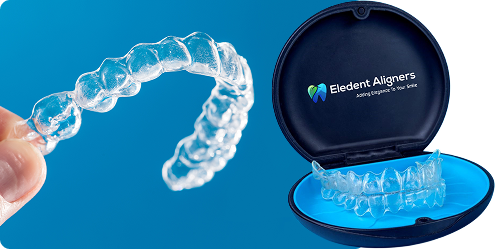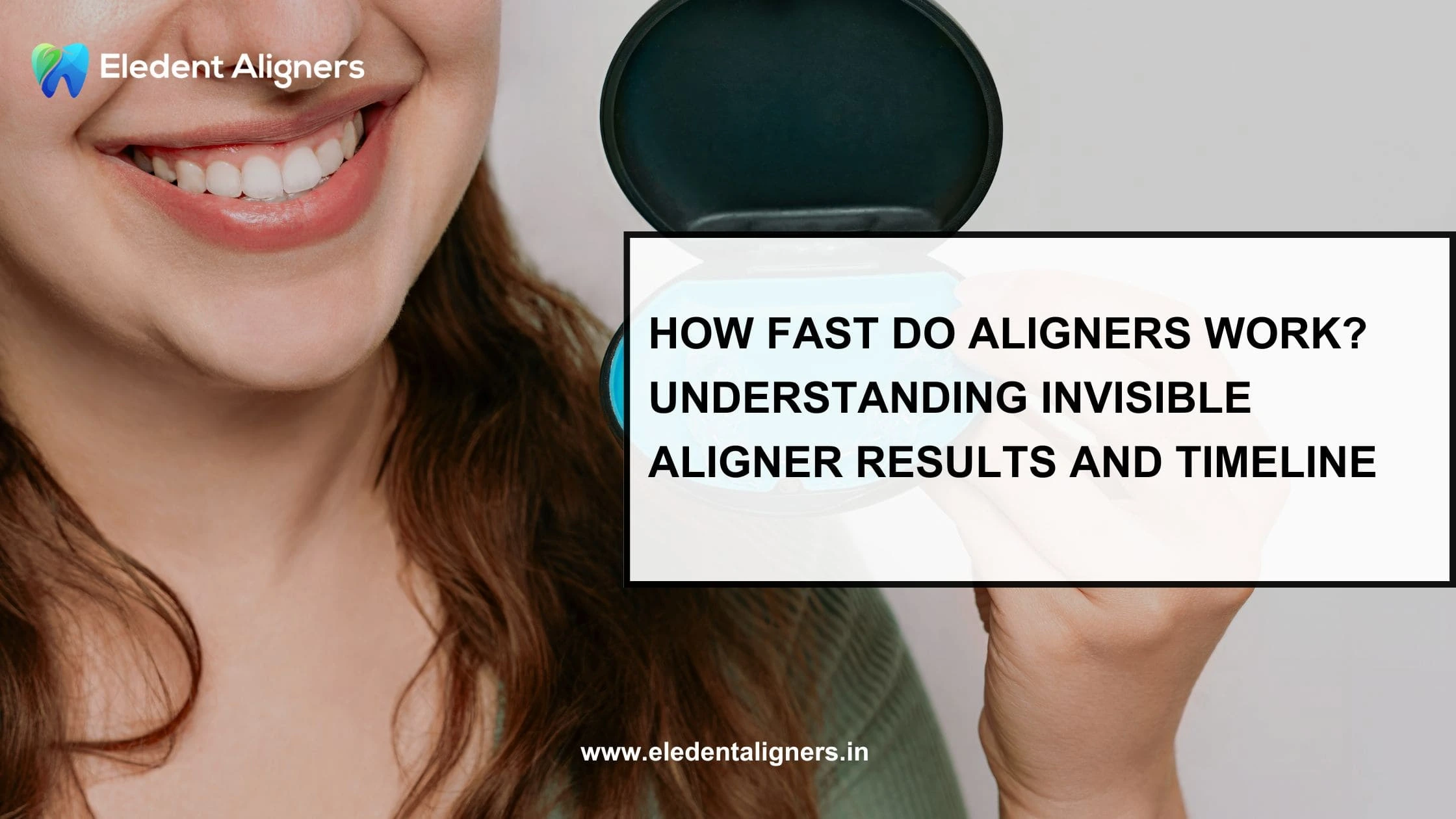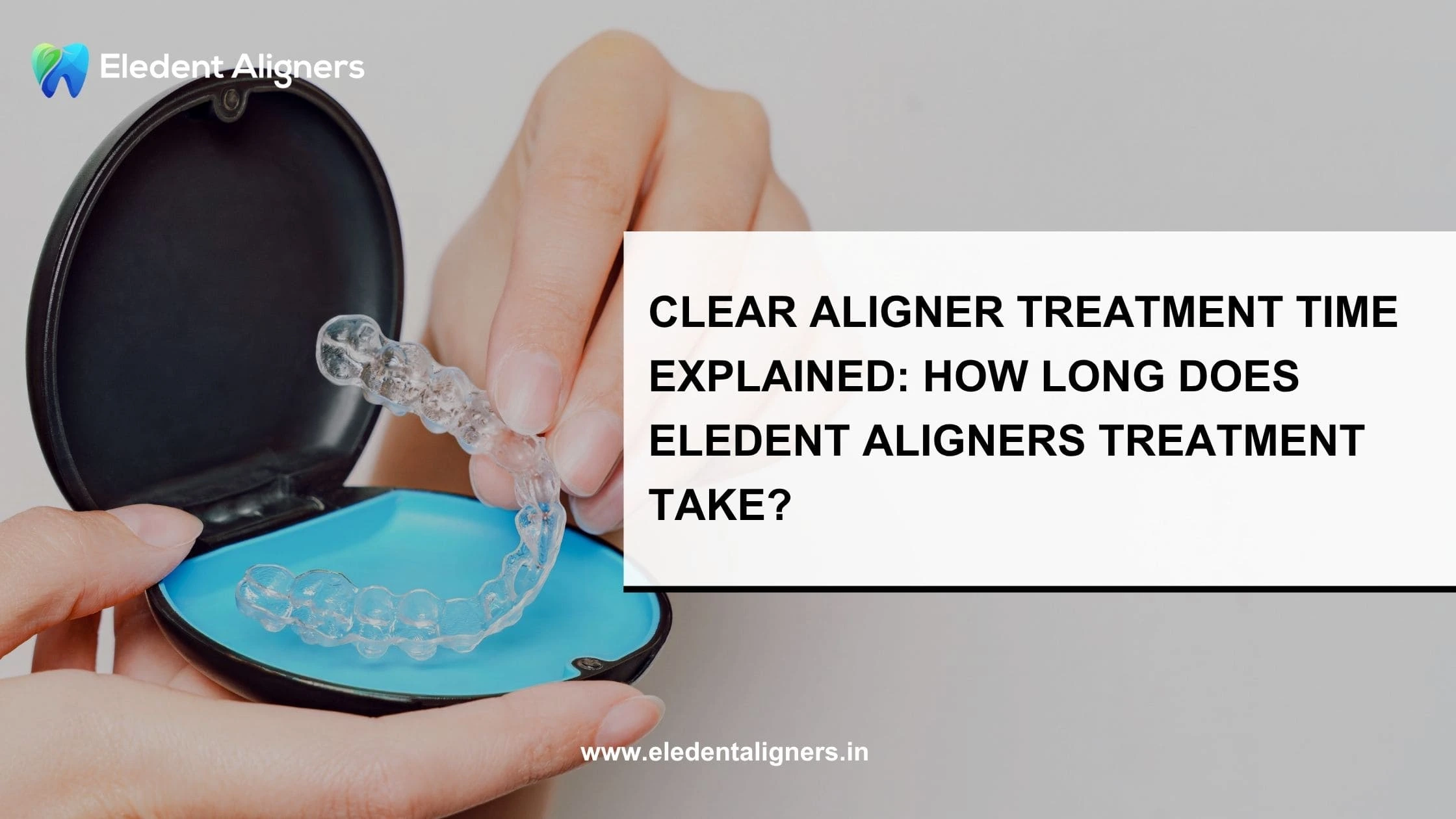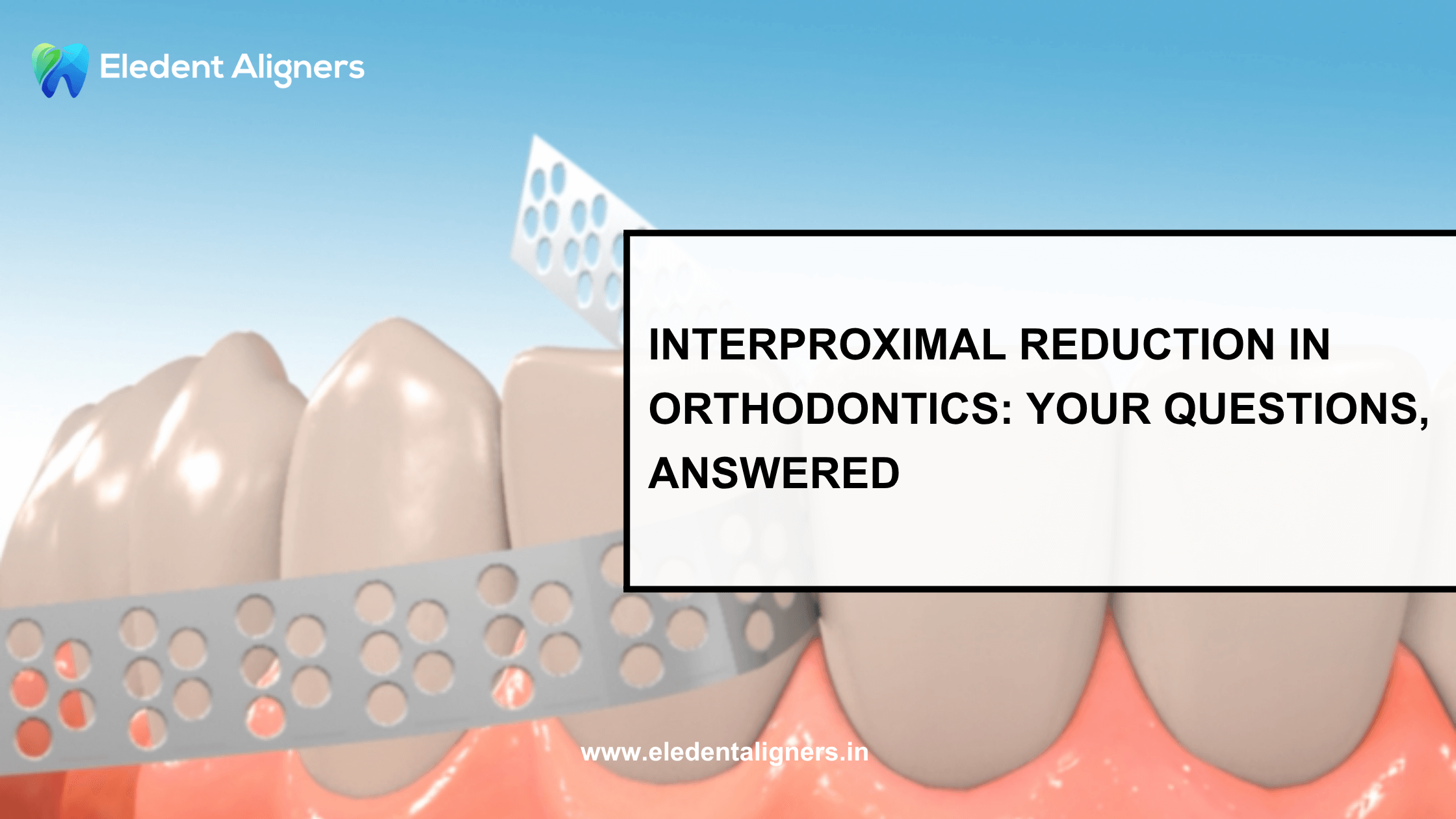What Are Invisible Aligners?
Invisible aligners are clear, custom-made plastic trays. They are placed over your misaligned teeth to fix their position. You are required to wear each set of trays for nearly one to two weeks before using the next one in the series. Invisible aligners are designed to move your teeth gradually using consistent pressure. They can be removed while eating, flossing, and brushing, making them convenient and easy to maintain.
How Fast Do Aligners Work?
The speed of your treatment is determined by your dental conditions as well as your consistency. On average, most people start noticing visible invisible aligner results within 6 to 12 weeks. In the case of minor adjustments, the treatment may require as few as 4 to 6 months. But in case your teeth require more complicated adjustments, it may take up to 18 to 24 months. Thus, how fast aligners work is unique for every person.The Typical Aligner Results Timeline
The First Few Weeks: Getting Started.
As soon as you wear aligners, you may experience some pressure or tightness. This is totally normal. In fact, it is an indication that your aligners are working. The initial two to four weeks will not bring any significant changes to your smile, but your teeth will already start to move in the background. Meanwhile, you will be getting familiar with your aligners while eating or talking.One to Three Months: Noticeable Changes Begin.
After the second month, the majority of users start to observe minor changes in the alignment of their teeth. You may begin to experience a different bite, and some of the teeth will look straighter.Four to Six months: Significant Change and Trust.
At this point, you will probably notice great improvement. Your smile will begin to appear more symmetrical, and your aligners will keep on refining the finer details. It is the time most users feel more confident as they start experiencing significant changes.Six to Twelve Months: Refinement and Stability.
You will keep wearing your aligners every day, usually 20 to 22 hours per day, to keep steady progress up. Towards the end of the treatment, your orthodontist or dentist might make some adjustments. They may even give you refinement trays to make your smile perfect.Following Treatment: Retainers and Long-term Outcomes.
After the treatment, you have to wear a retainer to prevent your teeth from slowly reverting to their previous positions.Factors That Affect How Fast Aligners Work
Each smile is unique, and therefore, your treatment schedule may not be the same as that of another person. The following are the primary factors that affect your aligner outcomes time:Complexity of the Case
Aligners are quicker to work with when you only require minor straightening of your teeth. However, when you have crowded teeth, wide gaps or bite problems, then your treatment can take longer before you can have long-term visible aligner results.Consistency
Aligners are supposed to be put on for 20 to 22 hours per day. Removing them frequently or forgetting to put them on may slow down your progress. When you are determined to wear them as instructed, then you will have a good chance of achieving faster aligner outcomes in time.Type of Aligner System
Various brands and systems have different materials and movement technologies. Some may ensure faster results as they are able to move several teeth at the same time, while others are slower and more gradual.Age and Bone Density
The younger patients can see quicker results since their teeth and bones react faster to the orthodontic movement.Regular Dental Check-ins
Regular follow-up with your dentist or orthodontist is really important. It keeps your treatment on the right track. Moreover, they can give minor corrections or offer new trays to keep your invisible aligners results progressing smoothly.How to Speed Up Your Invisible Aligner Results
- Follow the instructions: Wear the aligners for at least 20-22 hours each day.
- Know When to Change: Only advance to the next trays when your doctor gives you the okay.
- Keep your aligners clean: Regularly brush your aligners and your teeth to help prevent painful buildup.
- Do not use hot water: Rinsing your aligners with hot water may warp the plastic.
- Keep every appointment: Your dentist has the best possible understanding of your progress.
Common Signs Your Aligners Are Working
If you are wondering if your aligners are working, here are some signs to watch for.- Light pain or discomfort when switching trays.
- Gradual improvement in tooth alignment.
- Aligners are becoming tighter with time.
- Visible movement in the front teeth.
- Observable change in your bite or smile expression.





